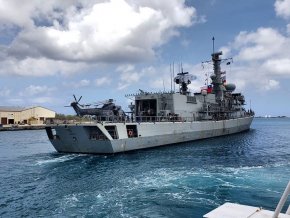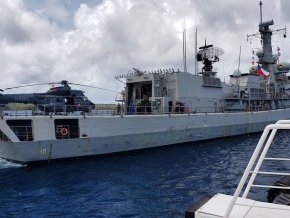I just right click and select translate to englishThank you @CAMM_Chile for your reply but unfortunately my Spanish is not as you say, not very bueno, it would be appreciated if you could give us an idea of what you were saying.
thanks
@Redlands18
Chilean Navy today
- Thread starter CAMM_Chile
- Start date
We have a rule about posts being in English.I just right click and select translate to english
CAMM_Chile
New Member
- Thread Starter Thread Starter
- #43
CAMM_Chile
New Member
- Thread Starter Thread Starter
- #44
Asmar will build four transport ships for the Chilean Navy
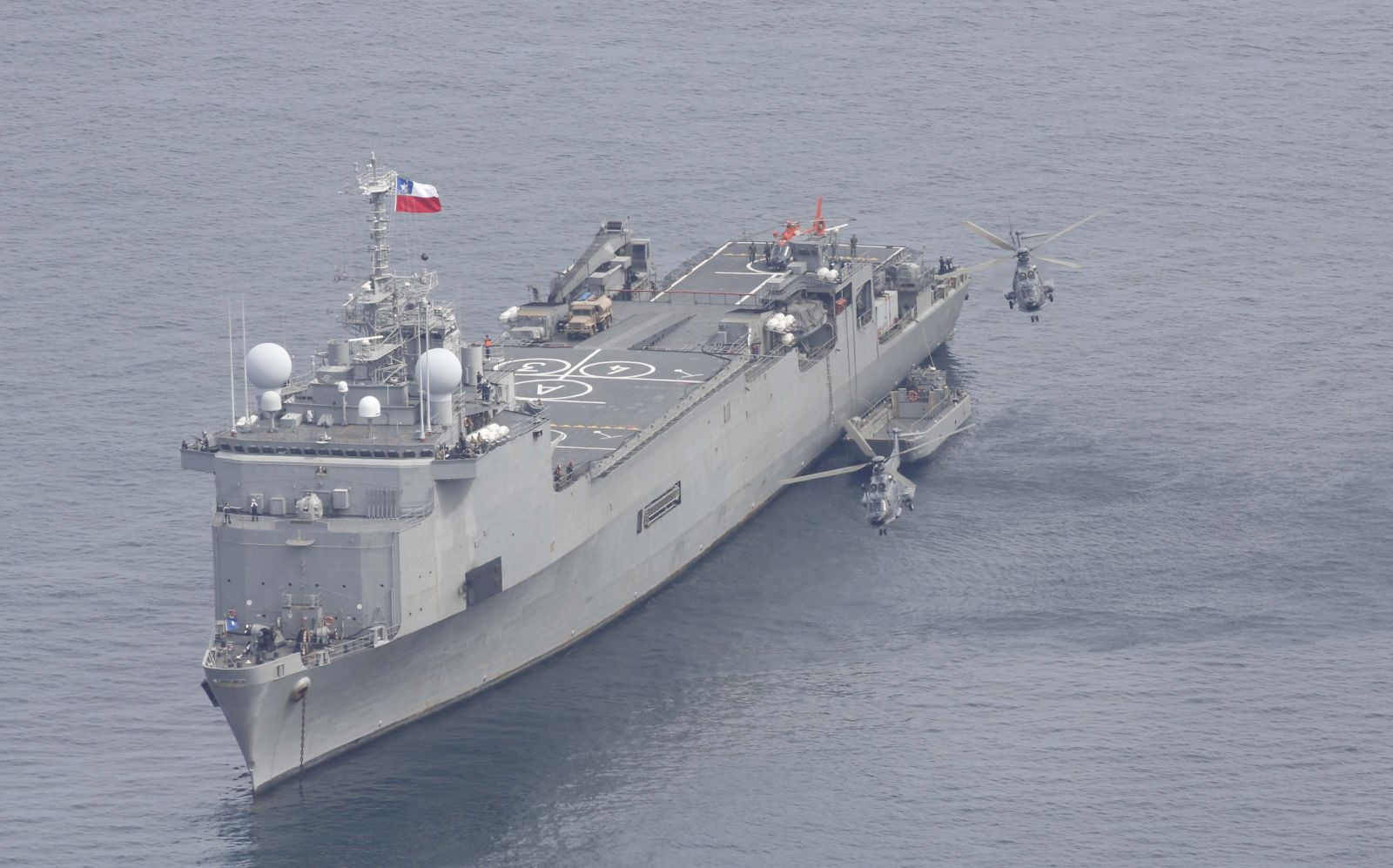



CAMM_Chile
New Member
- Thread Starter Thread Starter
- #45
European shipyards guarantee Asmar's capacity to building frigates in Chile
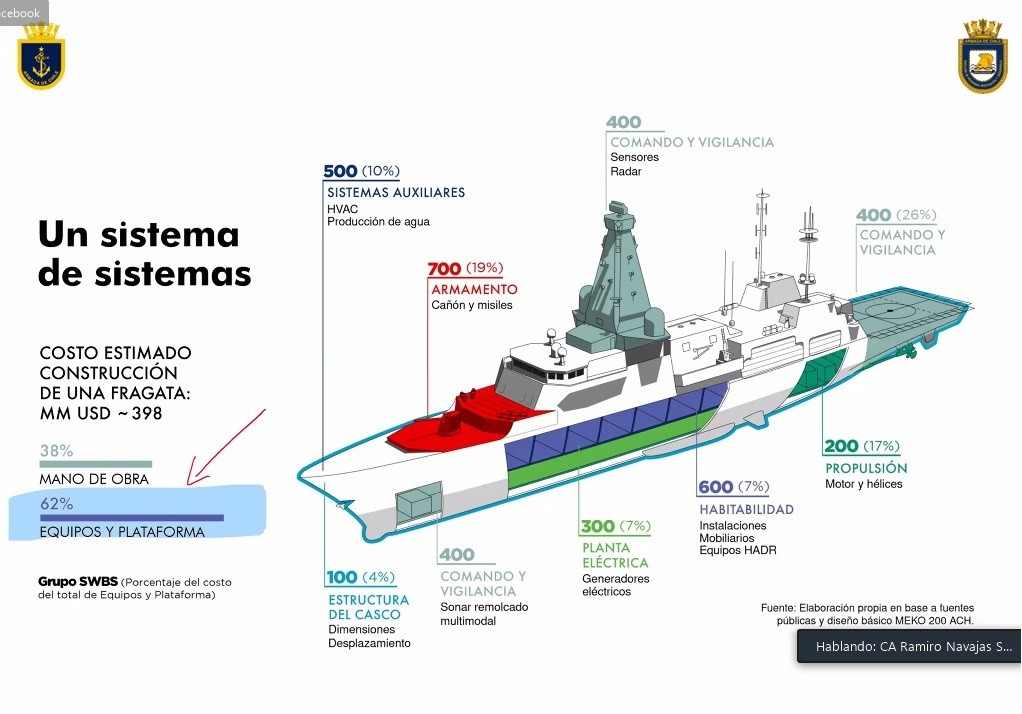
 www.infodefensa.com
www.infodefensa.com


Astilleros europeos avalan la capacidad de Asmar para construir fragatas en Chile
...
 www.infodefensa.com
www.infodefensa.com

CAMM_Chile
New Member
- Thread Starter Thread Starter
- #46
The construction of the icebreaker Viel of the Chilean Navy reaches 40% progress
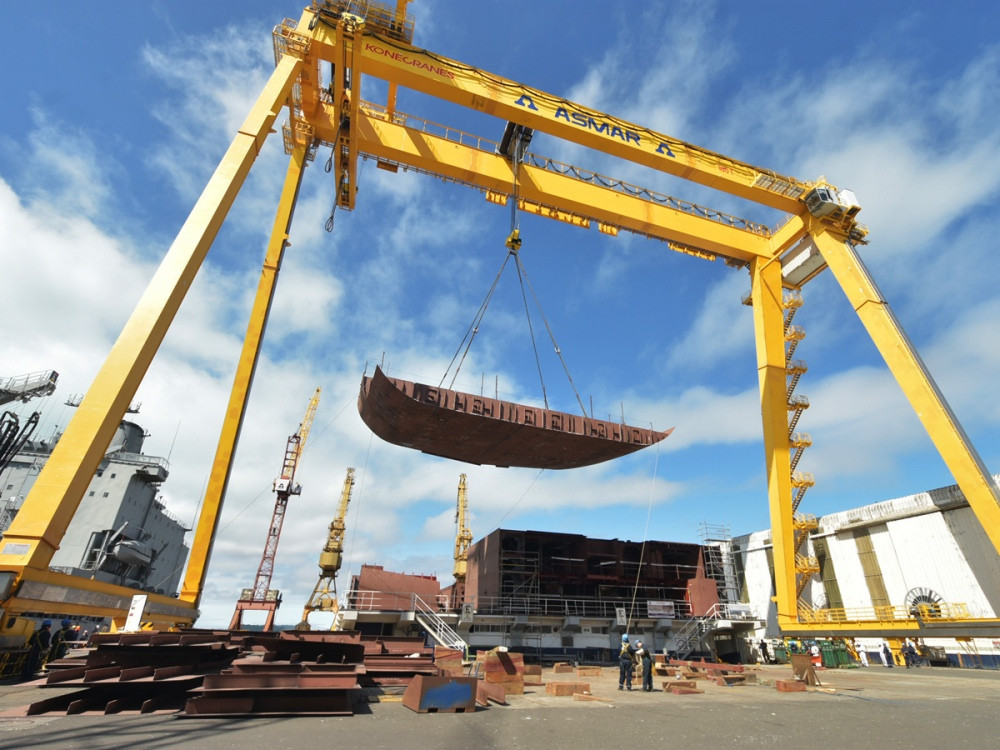
 www.infodefensa.com
www.infodefensa.com


La construcción del rompehielos Viel de la Armada de Chile alcanza un 40 de avance
...
 www.infodefensa.com
www.infodefensa.com

CAMM_Chile
New Member
- Thread Starter Thread Starter
- #47
Lockheed Martin to deliver support to the frigate Mk92s Adelaide of Chile

 www.infodefensa.com
www.infodefensa.com


Infodefensa - Noticias de defensa, industria, seguridad, armamento, ejércitos y tecnología de la defensa
Noticias de Portada Chile
 www.infodefensa.com
www.infodefensa.com

An update on the construction of Chile's first indigenously built icebreaker, Antarctica I. Apparently she is currently 59% complete (as of May 2022). Due to be launched Dec 2022 / Jan 2023, and estimated to enter service by the end of 2024.
Link to Original article (in Spanish), includes photos
Translation (courtesy of Google Translate):
Link to Original article (in Spanish), includes photos
Translation (courtesy of Google Translate):
The construction of the first icebreaker ship built in Chile is 59% complete | ASMAR Antarctic Project 1
Ovejero News May 9, 2022 ANTARTICA, CHILEAN ARMY, SCIENCE, TECHNOLOGY AND INNOVATION, NEWS, PUBLIC SERVICES, HEADLINES
The construction of the first icebreaker ship built in Chile is 59% complete | ASMAR Antarctic Project 1
In its Talcahuano Shipyard, ASMAR promotes the largest and most complex project in its history. It is the first Icebreaker Ship manufactured in the South Pacific, whose construction began in 2018. The ship will allow logistics tasks, search and rescue operations, scientific research and replenishment of Chilean bases and scientific stations in Antarctica.
The ship, which is the result of a co-design between Vard Marine, the Directorate of Programs, Research and Development of the Navy and ASMAR, involved a basic design stage of 22 months of work, a period in which a high technological transfer and of collaborative knowledge between the parties.
As indicated by the Director of ASMAR, CA Jaime Sotomayor Bustamante, after reaching 59% progress, “it is already possible to observe the conformation and general structure of the ship whose dimensions are impressive. During the next few months we hope to be able to finish the installation of blocks, continue advancing in the installation of systems and the completion of interior apartments. The next important milestone is the launch of the hull into the sea.”
Characteristics of the new Icebreaker Ship
The Icebreaker Ship, which is being built at ASMAR's main Industrial Plant, will have an Ice Class PC5 classification, which will allow it to break through a layer of ice one meter thick, one year old, covered with up to 20 centimeters of snow, and at a speed of three knots. The ship's dimensions include a length of 111 meters, a beam of 21 meters and a draft of 7.2 meters, and it will be capable of operating at a temperature of -30°C. She will have a range of 14,000 nautical miles, autonomy to operate for 60 days and her maximum speed will be 15 knots.
She will have a crew of 86 and will be able to transport 34 scientists. She will have the capacity to transport 19 20-foot containers, 400 m3 of fuel and 400 m3 of pallet cargo. She will have a flight deck and a hangar. Scientists will have echo sounders, sonars, bottom profilers, current profilers and high-precision acoustic positioners to carry out physical, chemical, geological and geophysical oceanography studies. The ship will have microbiological, macrobiological and chemical laboratories, as well as elements for the collection, storage and conservation of samples from the sea and from the submarine bottom in cold rooms. In addition, the ship will be able to carry out search and rescue missions in the event of maritime, air or land disasters in Antarctica, using embarked helicopters, rescue boats and an infirmary with surgical capacity.
The ship will be launched to sea between December 2022 and January 2023, and it is expected to be operational in the Chilean Navy by the end of 2024.
Last edited:
Another quick update on Chile's new icebreaker. She is due to be launched tomorrow (they even have a countdown clock going on their website - link here). The vessel will take over the name 'Oscar Viel' from their current icebreaker (an ex- Canadian Coast Guard vessel) once she enters service. Port trials are due from Apr 2023 and sea trials to continue until 2024 (link - in Spanish)

